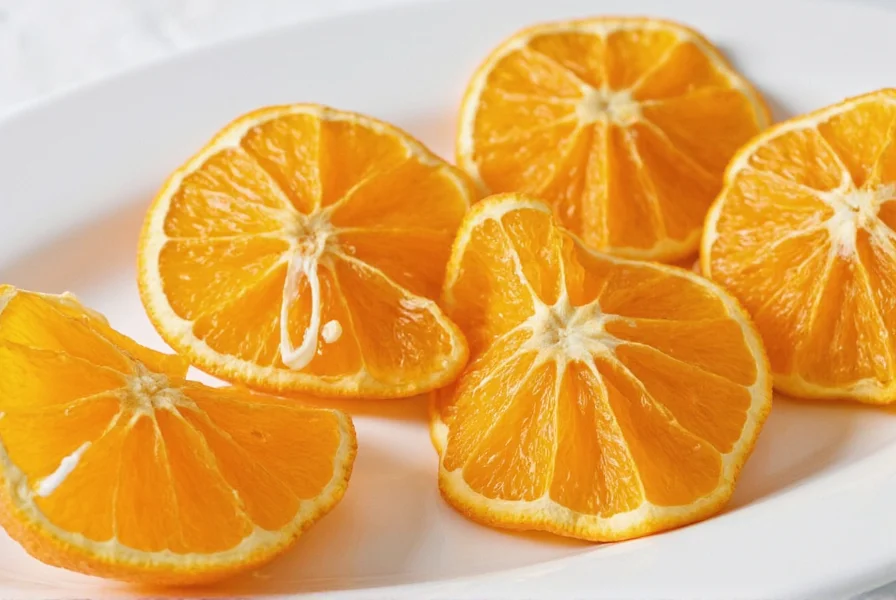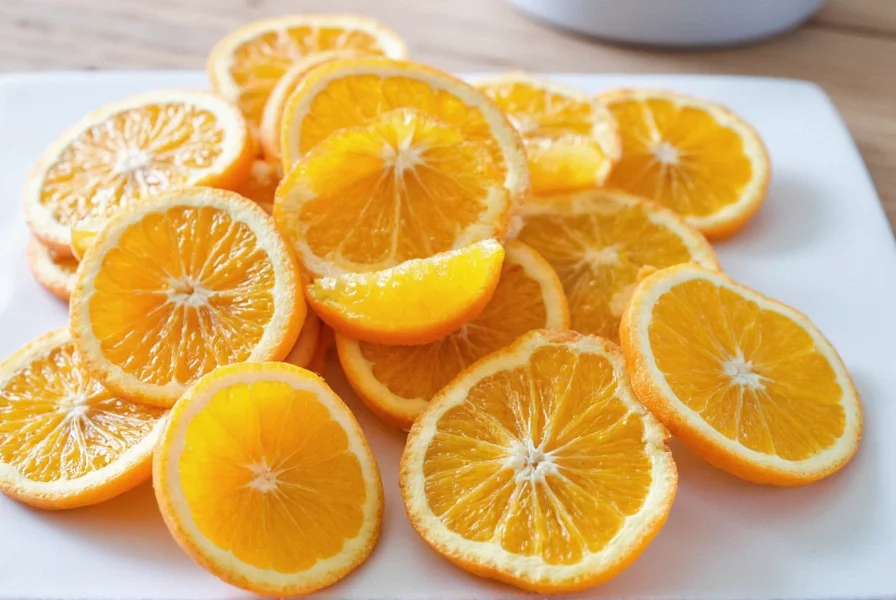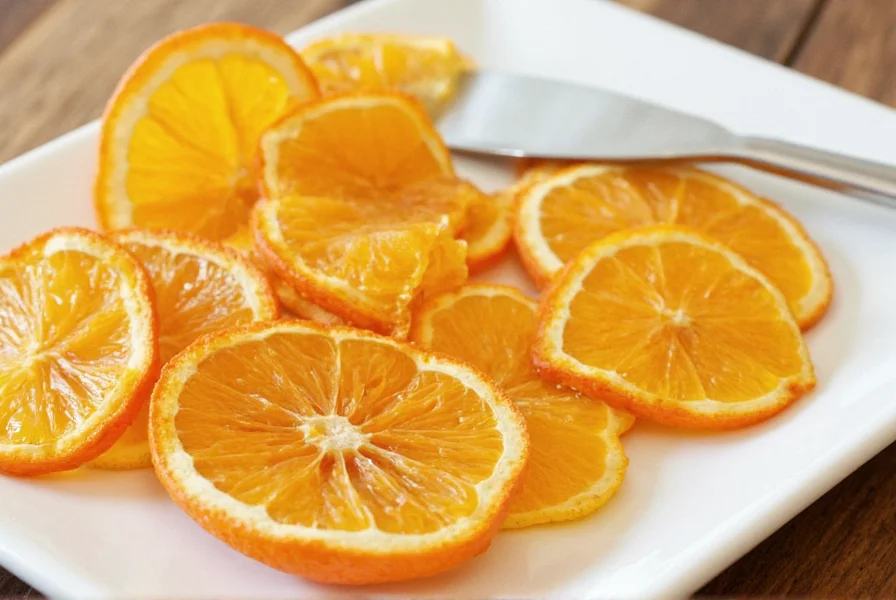Table of Contents
- Dried Orange Zest Conversion Ratio (Key Answer First)
- Storage Methods for Maximum Shelf Life
- Why Dried Orange Zest Outperforms Fresh in Many Applications
- How to Use Dried Orange Zest in Cooking (With Exact Measurements)
- Top 5 Practical Tips from Professional Chefs
- Buying Guide: Choosing Quality Dried Orange Zest
- Frequently Asked Questions (Answered)
- Conclusion
| Dried Orange Zest | Equals Fresh Orange Zest | Equals Number of Oranges |
|---|---|---|
| 1/4 teaspoon | 1/2 teaspoon | 1/8 orange |
| 1/2 teaspoon | 1 teaspoon | 1/4 orange |
| 1 teaspoon (standard measurement) | 2 teaspoons | 1/2 orange |
| 1 tablespoon | 2 tablespoons | 1.5 oranges |
Dried Orange Zest Conversion Ratio: Your Immediate Answer
Wondering exactly how much dried orange zest equals fresh? The precise conversion is: 1 teaspoon of dried orange zest equals the zest of 1 medium orange (approximately 2 teaspoons of fresh zest). This critical measurement is what most home cooks and bakers search for first when looking up dried orange zest information.
Because the drying process concentrates the essential oils, dried orange zest delivers more intense flavor with less volume. This means you'll use approximately half the amount of dried zest compared to fresh in your recipes. Starting with too much dried zest is a common mistake that can make dishes bitter - always begin with less and adjust to taste.

Storage Methods for Maximum Shelf Life (6-12 Months)
Proper storage is the second most searched question about dried orange zest. Unlike fresh zest that spoils within days, properly stored dried orange zest maintains peak flavor for 6-12 months. Here's the professional storage method:
- Airtight container: Use glass jars with tight seals (Mason jars work perfectly)
- Location: Store in a cool, dark place away from heat sources (not near your stove!)
- Avoid moisture: Add a silica packet to absorb any ambient humidity
- Extended storage: For maximum longevity (up to 18 months), store in the freezer
Signs your dried orange zest has gone bad include faded color, loss of citrus aroma, and a musty smell. Properly stored, it should maintain its vibrant orange color and strong citrus scent.
Why Dried Orange Zest Outperforms Fresh in Many Applications
Dried orange zest isn't just a substitute for fresh—it offers unique advantages that make it preferable in specific culinary situations:
- Concentrated flavor: With moisture removed, the citrus oils become more potent, delivering stronger flavor with less volume
- Consistent measurements: No variation between oranges means reliable results every time
- Recipe moisture control: Essential in recipes where excess liquid would ruin texture (like pie crusts or shortbread)
- Year-round availability: Maintains consistent quality regardless of orange season
- Economical: One small container equals dozens of fresh oranges in zest value

How to Use Dried Orange Zest in Cooking (With Exact Measurements)
Knowing the precise conversion ratio is just the beginning. Here's how to incorporate dried orange zest effectively in various applications:
1. Baking & Desserts (Most Common Use)
For cakes, cookies, and breads: Use 1 teaspoon dried zest per 1 cup of flour. Add it to dry ingredients to ensure even distribution. Particularly effective in:
- Chocolate recipes (balances sweetness)
- Yeast breads (enhances fermentation)
- Shortbread and delicate pastries (where moisture from fresh zest would affect texture)
2. Sauces & Glazes
Add 1/4-1/2 teaspoon dried zest per cup of liquid in sauces. The concentrated flavor penetrates better than fresh zest in reduction sauces. Ideal for:
- Duck or pork glazes
- Fish beurre blanc
- Fruit compotes
3. Drinks & Cocktails
Use 1/8-1/4 teaspoon per drink. Dried zest dissolves more completely than fresh in liquids, eliminating pulp. Perfect for:
- Craft cocktails
- Homemade liqueurs
- Infused simple syrups
4. Savory Dishes
Add 1/4 teaspoon per serving to:
- Rice pilafs
- Roasted vegetable rubs
- Marinades for poultry and fish
Top 5 Practical Tips from Professional Chefs
These industry-tested techniques will maximize your dried orange zest results:
- Toasting for intensity: Lightly toast dried zest in a dry pan for 30-60 seconds to intensify flavor before use (particularly effective for baking)
- Rehydration technique: For recipes requiring fresh zest texture, mix 1 teaspoon dried zest with 1 teaspoon warm water and let sit for 5 minutes
- Flavor layering: Combine with complementary spices - 1/4 teaspoon dried orange zest with 1/8 teaspoon cardamom creates a sophisticated flavor profile
- Potency preservation: Grind whole dried zest pieces just before use for maximum oil retention (pre-ground loses potency faster)
- Emergency substitute: In a pinch, 1/4 teaspoon dried zest can substitute for 1 tablespoon orange extract (adjust liquid content accordingly)
Buying Guide: Choosing Quality Dried Orange Zest
Not all dried orange zest is created equal. Here's what separates premium products from inferior options:
| Quality Indicator | Premium Product | Avoid These Products |
|---|---|---|
| Color | Vibrant orange-red | Faded, brownish, or uneven color |
| Aroma | Strong, immediate citrus scent when container opened | Weak or musty smell |
| Texture | Finely ground, uniform particles | Large chunks or powdery consistency |
| Ingredients | 100% orange zest only | Added oils, preservatives, or anti-caking agents |
| Packaging | Air-tight, light-protected container | Clear plastic bags or containers |
Professional chefs recommend purchasing smaller quantities more frequently rather than bulk buying, as dried zest gradually loses potency over time even with proper storage.
Frequently Asked Questions (Answered)
What's the difference between dried orange zest and fresh orange zest?
Dried orange zest is made by dehydrating the colored outer layer of fresh orange peel. The drying process concentrates the essential oils, resulting in a more intense flavor than fresh zest. While fresh zest contains moisture and has a brighter, more immediate citrus aroma, dried zest has a longer shelf life (6-12 months vs. 3-5 days) and more concentrated flavor profile, requiring only half the volume in recipes.
How much dried orange zest equals fresh orange zest?
Generally, 1 teaspoon of dried orange zest equals the zest of 1 medium orange (about 2 teaspoons of fresh zest). Since dried zest is more concentrated, you'll need approximately half the amount. Always start with less (begin with 1/2 to 2/3 of the recommended amount) and adjust to taste, as overuse can make dishes bitter.
How should I store dried orange zest to maintain freshness?
Store dried orange zest in an airtight glass container away from direct light, heat, and moisture. A cool, dark cupboard is ideal. For maximum shelf life (9-12 months), store with a silica packet to absorb moisture. Professional chefs recommend keeping a small working container in your spice cabinet and storing the bulk in the freezer, where it can maintain flavor for up to 18 months.
Can I make my own dried orange zest at home?
Absolutely! To make professional-quality dried orange zest: 1) Wash and thoroughly dry organic oranges 2) Zest using a fine microplane grater 3) Spread in a single layer on parchment paper 4) Dry in oven at 170°F (77°C) for 1.5-2 hours or until completely brittle 5) Cool completely before storing. Homemade dried zest typically has stronger flavor than commercial products but requires precise drying to prevent bitterness from overexposure to heat.
Is dried orange zest the same as orange peel?
No, they're significantly different. Orange zest refers only to the colored outer layer of the peel (about 1/8 inch deep), which contains the flavorful essential oils. Orange peel includes both the zest and the bitter white pith underneath. Dried orange zest specifically uses just the colored portion, avoiding the bitter pith, while dried orange peel often includes some pith and has a noticeably more bitter flavor profile.
What dishes work best with dried orange zest?
Dried orange zest excels in applications where moisture control is critical: baked goods (especially chocolate cakes and shortbread), reduction sauces, cocktail infusions, spice rubs, and recipes requiring long shelf stability. Its concentrated flavor makes it particularly useful in recipes where fresh citrus might add too much moisture or where consistent flavor measurement is important.
Conclusion
Dried orange zest solves two critical kitchen problems that fresh zest cannot: precise flavor measurement and extended shelf life. By understanding the exact conversion ratio (1 teaspoon dried = 2 teaspoons fresh) and implementing proper storage techniques (airtight container in a cool, dark place), you'll always have vibrant citrus flavor available regardless of orange season.
The concentrated nature of dried orange zest makes it indispensable for professional results in baking and sauce-making, where moisture control is essential. When you reach for this versatile ingredient, remember to start with less than you think you need—its potency can transform a dish from ordinary to extraordinary with just a pinch.

By mastering these dried orange zest techniques, you'll join the ranks of professional chefs who rely on this pantry staple for consistent, high-quality results in both sweet and savory applications year-round.










 浙公网安备
33010002000092号
浙公网安备
33010002000092号 浙B2-20120091-4
浙B2-20120091-4